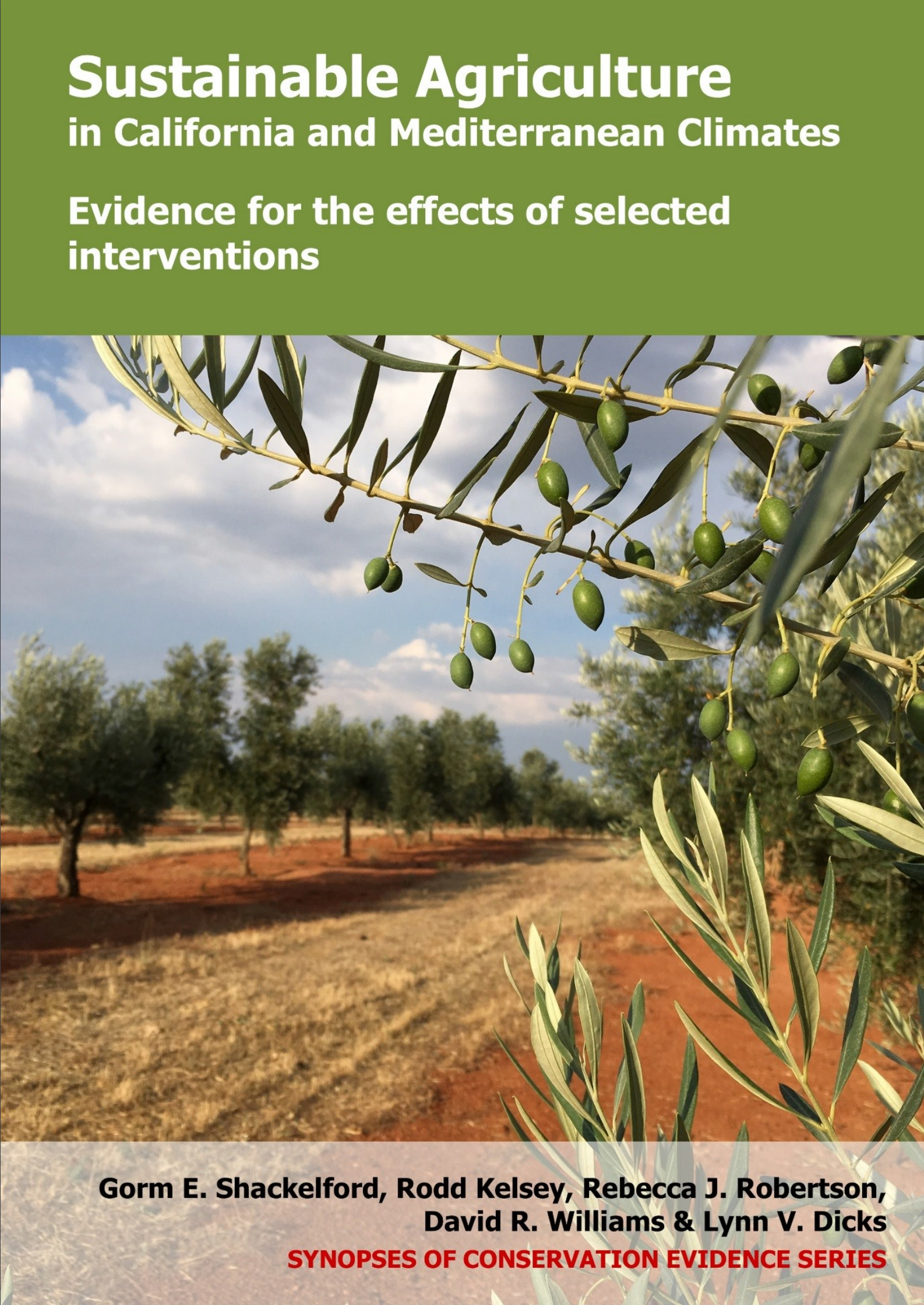Soil: Exclude grazers
-
Overall effectiveness category Unknown effectiveness (limited evidence)
-
Number of studies: 6
View assessment score
Hide assessment score
How is the evidence assessed?
-
Effectiveness
28% -
Certainty
28% -
Harms
60%
Study locations
Supporting evidence from individual studies
A site comparison in 1991 in annual grasslands on the Central Coast, California, USA, found less nitrogen but more phosphorus in ungrazed sites, compared to grazed sites. Nutrients: Less nitrogen was found in ungrazed sites, compared to grazed sites (0.09% vs 0.11% total Kjeldahl N), but more phosphorus was found in ungrazed sites (18 vs 11 mg P/kg soil). Methods: European domestic cattle were introduced to Monterey County in 1770. In 1937, grazers were excluded from one landscape (the Hastings Natural History Reservation), but not from an adjacent landscape. In 1991, 43 sites in the ungrazed grassland and 37 sites in the grazed grassland were sampled (methods not clearly reported, but soil samples were collected at 5–10 cm depth in a different part of this study).
Study and other actions testedA replicated, randomized, controlled study in 1999–2001 in grazed wetlands in northern California, USA, found lower methane production in plots from which grazers were excluded, compared to cattle-grazed plots. Greenhouse gases: Methane production was lower in ungrazed plots, compared to grazed plots (2.6 vs 8.5 mg CH4–C/m2/hr). Methods: Experimental plots were established in four grazed wetlands in 1999, with cattle excluded from one plot, but not from another plot, in each wetland. Methane emissions were measured monthly in March–September 2002.
Study and other actions testedA controlled study in 2005–2008 in restored riparian habitat on a farm in the Central Valley, California, USA, found more nematodes overall, more bacteria-feeding nematodes, and more diverse communities of nematodes, in plots without grazers, compared to plots grazed by goats and sheep. Soil organisms: More nematode biomass and higher nematode diversity were found in plots without grazers, compared to plots with grazers (831 vs 557 µg/100 g soil; diversity reported as Shannon diversity index). More bacteria-feeding nematodes were found in plots without grazers, compared to plots with grazers (178 vs 86 nematodes/100 g soil), but similar numbers of fungus-feeding (168 vs 194), omnivorous and predatory (29 vs 21), and plant-feeding (180 vs 176) nematodes were found in plots with or without grazers. Methods: Grazers were introduced to half of a streambank in 2005 (14 animals/ha), but they were excluded by a fence from the other half. Soil samples were collected from the grazed area and the ungrazed area in December 2007 and March–April 2008 (0–30 cm depth).
Study and other actions testedA replicated, randomized, controlled study in 2008–2010 in grasslands in central California, USA, found no differences in soil respiration between plots with or without cattle excluded. Greenhouse gases: Potential microbial respiration rates did not differ between plots with or without cattle excluded (9–12 µg CO2/g/day). Methods: Ten sets of plots were established in grassland that had been grazed for decades: five plots in 2008 and five plots in 2009. Half of the plots were fenced to exclude cattle and half were left open and typically grazed in winter (approximately 0.25 cow-calf pairs/ha).
Study and other actions testedA replicated, controlled study in 2012–2013 in grasslands in central California, USA, found less soil nitrogen in plots with cattle excluded, compared to grazed plots. Nutrients: Less soil nitrogen was found in ungrazed plots, compared to grazed plots (14–16 vs 17–24 mg NH4 and NO3 combined). Methods: Sixty 1 x 1 m plots were established in summer 2012: half in an area grazed at 0.25 cow-calf pairs/ha, and half in an area fenced in 2012 to exclude cattle. Soil cores (5 cm diameter, 0–10 cm depth) were collected in April 2013.
Study and other actions testedA replicated site comparison in 2008–2010 in shrubland in central Spain found less carbon and nitrogen, and higher carbon dioxide emissions, in soils in ungrazed sites, compared to sheep-and-cattle-grazed sites. Organic matter: There was less carbon in soils in ungrazed sites, compared to grazed sites, in one of two comparisons (in untilled soils: 3.8–9.6 vs 6.5–15.8 Mg C/ha). Nutrients: There was less nitrogen in soils in ungrazed sites, compared to grazed sites, in one of two comparisons (in untilled soils: 0.3–0.7 vs 0.8–1.3 Mg N/ha). Greenhouse gases: More carbon dioxide was lost through soil respiration in ungrazed plots, compared to grazed plots (720–740 vs 640–655 g C/m2/year). Implementation options: Differences in carbon and nitrogen, due to grazing, were found in untilled soils, but not in tilled soils (see above for data on tilled soils). Methods: Eight holm oak Quercus ilex trees were selected in each of two areas grazed by sheep and cattle and in two ungrazed areas. Soils surrounding four trees in each area were tilled in April 2008. Soil respiration was measured nine times in July 2008–February 2010. Soil samples were collected in February 2010 (to measure carbon and nitrogen).
Study and other actions tested
Where has this evidence come from?
List of journals searched by synopsis
All the journals searched for all synopses
This Action forms part of the Action Synopsis:
Mediterranean Farmland
Mediterranean Farmland - Published 2017
Mediterranean Farmland synopsis





)_2023.JPG)














